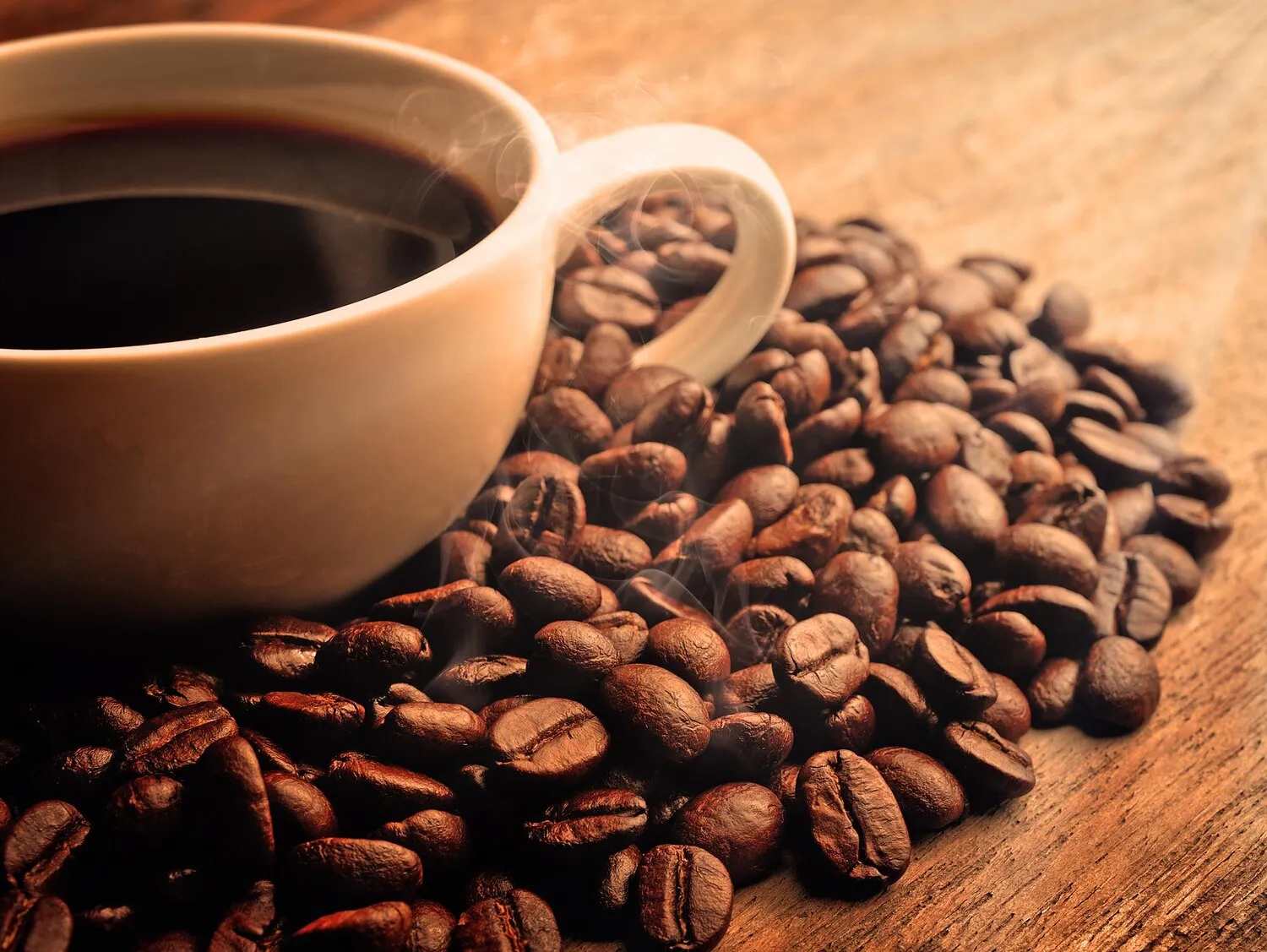
Cerveza
Beer
Nutrition Facts
* The % Daily Value (DV) tells you how much a nutrient in a serving of food contributes to a daily diet. 2,000 calories a day is used for general nutrition advice.
Beer's history stretches back millennia, with evidence of brewing in ancient Mesopotamia, Egypt, and China. It evolved from rudimentary fermentation methods to more sophisticated techniques, with various cultures developing unique styles and traditions. The rise of monastic brewing in Europe played a significant role in refining brewing practices and preserving brewing knowledge.
Beer holds a significant cultural role across the globe, serving as a social lubricant, a symbol of celebration, and a reflection of regional identity.
Social Gathering
Beer is frequently consumed in social settings, such as bars, pubs, restaurants, and sporting events, fostering camaraderie and shared experiences.
Celebration and Ritual
Beer plays a part in many cultural celebrations and rituals, from Oktoberfest in Germany to St. Patrick's Day in Ireland, and sporting events globally.
Regional Identity
Certain beer styles are closely associated with specific regions, such as Czech Pilsner, Belgian Lambic, or Irish Stout, reflecting local brewing traditions and ingredients.
Culinary Pairing
Beer has become a widely accepted accompaniment to food, with styles carefully chosen to complement and enhance flavors in a dish.
Beer exhibits a vast spectrum of flavors influenced by ingredients, brewing techniques, and fermentation processes. Key flavor profiles include malty sweetness, hoppy bitterness, fruity esters, and spicy phenols.
The base malt provides a foundation of sweetness and biscuity, toasty, or caramel-like flavors depending on the degree of roasting. Hops contribute bitterness, aroma, and flavor ranging from floral and citrusy to earthy and piney. Yeast fermentation produces esters, which impart fruity notes such as banana, apple, or pear, and phenols, which can contribute spicy or clove-like characteristics. Other ingredients like spices, fruits, and adjunct grains further diversify the flavor landscape. Beers can also have sour, tart, or funky flavors due to wild yeast or bacteria. The body of the beer ranges from light and crisp to full and creamy. Carbonation levels also vary widely depending on the type.
Serving Temperature
Serving temperature affects the flavor and aroma of beer. Lighter beers are generally served colder (40-45°F), while darker and more complex beers are best enjoyed at slightly warmer temperatures (50-55°F).
Glassware Selection
Different glassware shapes can enhance the aroma, head retention, and overall drinking experience. For example, pilsner glasses showcase the beer's clarity and carbonation, while tulip glasses concentrate aromas.
Tasting Techniques
Observe the beer's appearance (color, clarity, head), smell the aromas, take a sip and allow the flavors to develop on your palate, and consider the finish and aftertaste. Consider the overall balance and complexity.
Storage
Store beer upright in a cool, dark place to prevent oxidation and maintain freshness. Avoid exposure to direct sunlight or extreme temperature fluctuations.
Explore additional Beverages dishes and restaurants
Explore BeveragesDiscover top dining spots and culinary experiences in Palermo.
Explore PalermoLearn more about the food culture, restaurant scene, and culinary heritage of Italy.
Explore Italy